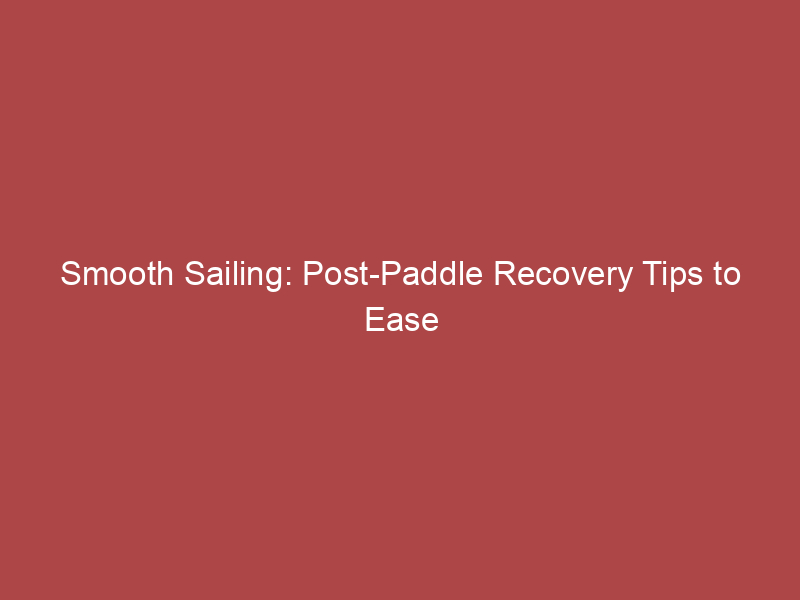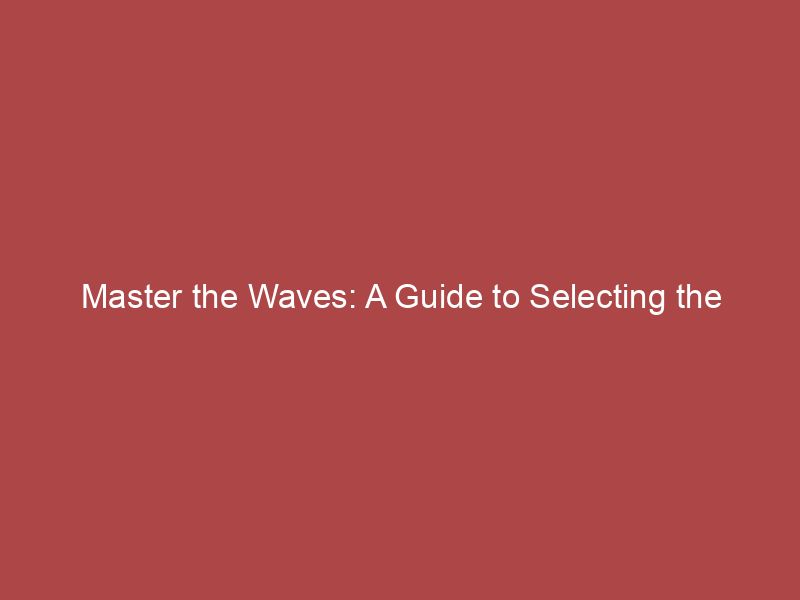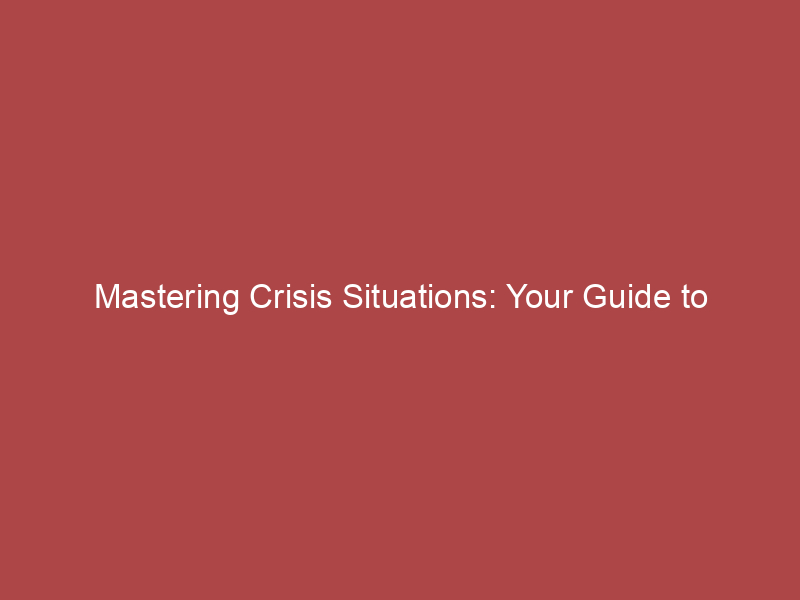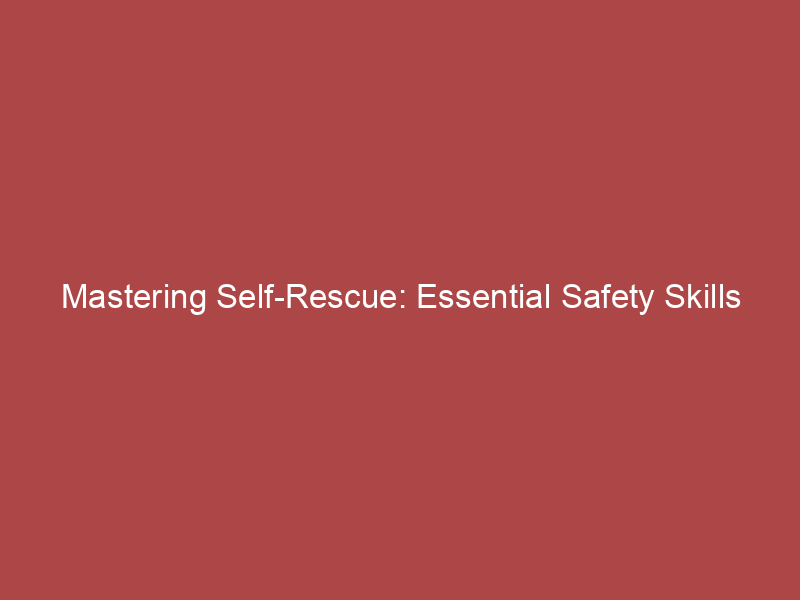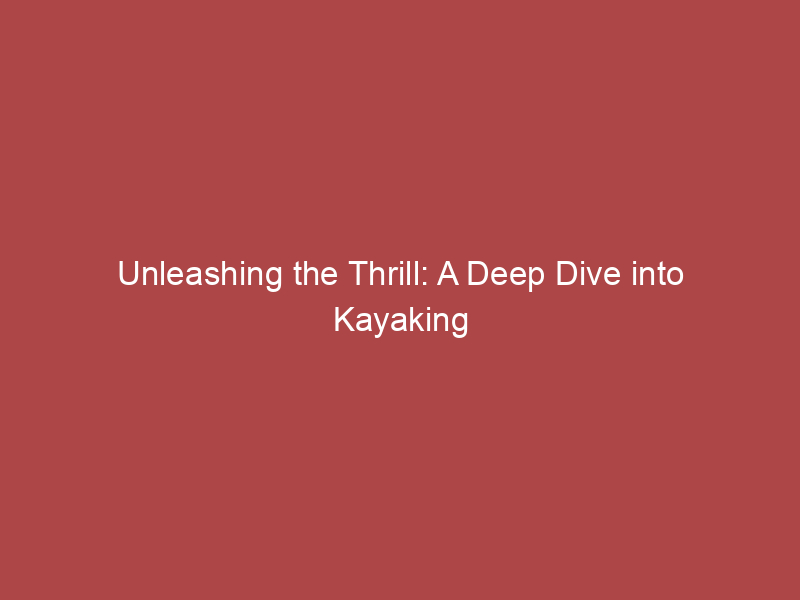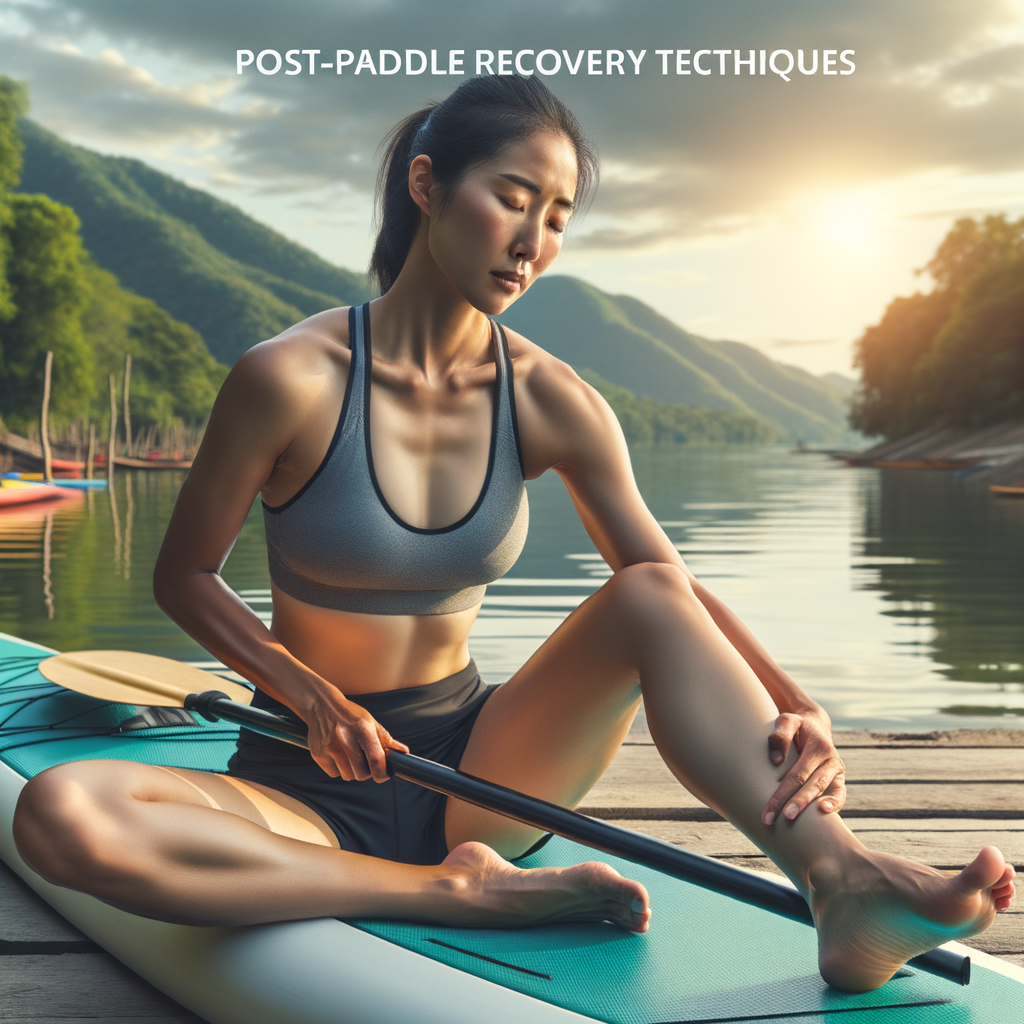
Introduction to Paddle Sports Recovery
When it comes to paddle sports, it’s not just about the thrill of the ride or the beauty of the surroundings. It’s also about taking care of your body before, during, and after the activity. This blog post will focus on the crucial aspect of post-paddle recovery, which is often overlooked but is essential for maintaining good health and performance.
-
- Importance of post-paddle recovery
Post-paddle recovery is a vital part of any paddle sports routine. It helps your body repair and strengthen itself after the strenuous activity. Without proper recovery, you might experience prolonged soreness, fatigue, and even risk injuries. According to a study by the American College of Sports Medicine, adequate recovery can enhance performance by up to 20%.
-
- Common symptoms of post-paddle soreness
Post-paddle soreness is a common occurrence, especially for beginners or those who have been away from the sport for a while. Some of the common symptoms include muscle stiffness, aches, and pains, particularly in the arms, shoulders, back, and core. These symptoms usually appear a day or two after the activity and can last for several days if not properly addressed.
In the following sections, we will delve deeper into various paddle recovery techniques, how to ease soreness after paddling, and the best exercises for paddle sports recovery. Stay tuned to learn how to make your paddle sports experience more enjoyable and less painful.
Paddle Recovery Techniques
When it comes to paddle sports, recovery is just as important as the activity itself. One of the most effective ways to recover is through post-paddle stretching techniques.
Post-Paddle Stretching Techniques
Stretching after paddling is crucial for several reasons. It helps to reduce muscle tension, increase flexibility, and promote faster recovery. Let’s delve into the importance of stretching after paddling and some effective stretching exercises you can incorporate into your routine.
-
- Importance of stretching after paddling
Stretching after paddling is essential for a number of reasons. Firstly, it helps to cool down your body and gradually reduce your heart rate. Secondly, it aids in reducing muscle stiffness and soreness that can occur after intense paddling. Lastly, stretching can help to increase your range of motion, making it easier for you to perform better in your next paddling session.
-
- Examples of effective stretching exercises
There are several stretching exercises that are particularly beneficial after paddling. Here are a few examples:
-
- Shoulder Stretch: Stand straight, bring one arm across your body and use your other arm to pull it closer to your chest. Hold for 15-30 seconds and then switch arms.
- Tricep Stretch: Raise one arm above your head, bend it at the elbow so your hand is reaching towards your upper back. Use your other hand to gently pull your elbow. Hold for 15-30 seconds and then switch arms.
- Hamstring Stretch: Sit on the ground with one leg extended out in front of you and the other bent with your foot touching your thigh. Lean forward from your hips (not your waist) and reach for your toes. Hold for 15-30 seconds and then switch legs.
Remember, it’s not about how far you can stretch, but rather about feeling a gentle pull in your muscles. Always listen to your body and never stretch to the point of pain.
Hydration and Nutrition for Recovery
When it comes to paddle sports recovery, two key factors play a vital role: hydration and nutrition. Let’s delve deeper into each of these aspects.
-
- Role of Hydration in Muscle Recovery
Hydration is essential for muscle recovery after engaging in paddle sports. When you paddle, your body loses water through sweat. This water needs to be replaced to prevent dehydration, which can lead to muscle fatigue and slow down recovery.
Drinking water helps to replenish the fluids lost during paddling, ensuring your muscles can repair and rebuild themselves more efficiently. It’s recommended to drink about 8-10 glasses of water a day, but you may need more if you’ve been paddling intensely or for a long period.
-
- Nutrition Tips for Faster Recovery
Proper nutrition is just as important as hydration for muscle recovery. Here are some tips to help you recover faster after paddling:
-
-
- Eat Protein-Rich Foods: Protein helps to repair and build muscle tissue. Include foods like lean meats, eggs, and legumes in your diet.
- Include Carbohydrates: Carbs provide energy, which is crucial for recovery. Opt for whole grains, fruits, and vegetables.
- Don’t Forget Healthy Fats: Fats, especially omega-3 fatty acids, can help reduce inflammation and speed up recovery. Foods like fish, nuts, and avocados are excellent sources.
-
Remember, it’s not just about what you eat, but also when you eat. Try to have a balanced meal or snack within 45 minutes to an hour after paddling for optimal recovery.
By paying attention to hydration and nutrition, you can significantly improve your recovery after paddle sports and get back on the water faster and stronger.
Easing Soreness After Paddling
Engaging in paddle sports can be a thrilling experience. However, it’s not uncommon to feel some degree of soreness after a long day of paddling. This post-paddle pain can be managed effectively with the right knowledge and techniques.
Managing Post-Paddle Pain
Post-paddle pain can be a real dampener on your paddle sports experience. But don’t worry, we’re here to help you understand and manage this discomfort effectively. Let’s dive in.
-
- Understanding the source of pain
When you paddle, you use several muscles in your body, including your arms, shoulders, back, and core. Overuse or strain of these muscles can lead to soreness and discomfort. It’s important to note that this is a normal part of the body’s adaptation process to new or intense physical activity. The key is to manage this pain effectively to prevent it from becoming a chronic issue.
-
- Methods to alleviate pain
There are several ways to alleviate post-paddle pain. Here are a few methods:
-
- Rest: Giving your body adequate time to recover is crucial. This allows your muscles to repair and strengthen themselves.
- Hydration: Drinking plenty of fluids helps replenish lost electrolytes and aids in muscle recovery.
- Stretching: Gentle stretching after paddling can help ease muscle tension and reduce soreness.
- Heat and Cold Therapy: Applying heat can help relax tight muscles, while cold therapy can help reduce inflammation and pain.
Remember, it’s essential to listen to your body and give it the care it needs. With these tips, you can enjoy your paddle sports activities without the worry of post-paddle pain.
Reducing Muscle Soreness Post-Paddle
After a vigorous paddle session, it’s common to experience some muscle soreness. However, there are effective ways to reduce this discomfort and speed up your recovery. Here, we will explore two key strategies: rest and recovery tips, and the use of heat and cold therapy.
- Rest and Recovery Tips
Rest is crucial for muscle recovery after paddling. Your body needs time to repair the microscopic damage caused to your muscle fibers during the exercise. Here are some tips to enhance your rest and recovery:
- Hydrate: Drink plenty of water post-paddle to replenish lost fluids and aid muscle recovery.
- Nutrition: Consuming a balanced meal with protein can help repair and build muscles.
- Sleep: A good night’s sleep is essential for muscle recovery. Aim for 7-9 hours of sleep each night.
- Use of Heat and Cold Therapy
Heat and cold therapy can be highly effective in reducing muscle soreness post-paddle. Here’s how to use them:
| Heat Therapy | Cold Therapy |
|---|---|
| Heat therapy increases blood flow and relaxes sore muscles. It’s best used for chronic pain or stiffness. A warm bath or a hot towel can be used. | Cold therapy reduces inflammation and numbs pain. It’s best used immediately after an injury or intense exercise. An ice pack or a cold bath can be used. |
Remember, everyone’s body responds differently to exercise and recovery methods. What works best for one person may not work as well for another. Listen to your body and find what recovery strategies work best for you.
Post-Paddle Soreness Relief
After a long day of paddling, it’s normal to feel some soreness in your muscles. This is a sign that your body is recovering from the physical exertion. But, you don’t have to simply endure the discomfort. There are several methods that can help alleviate post-paddle soreness and speed up your recovery process.
Recovery Methods for Paddlers
Here are some effective recovery methods that can help you manage and reduce post-paddle soreness:
-
- Massage techniques for paddlers
Massage is a powerful tool for muscle recovery. It helps to increase blood flow, reduce muscle tension, and promote relaxation. A simple self-massage technique for paddlers is to gently rub the sore muscles using your fingers. Start with light pressure and gradually increase as your muscles start to relax. Remember to breathe deeply and relax your body as you massage.
-
- Use of recovery tools like foam rollers
Foam rollers are another great tool for post-paddle recovery. They work by applying pressure to your muscles, which can help to break up knots and reduce muscle tightness. To use a foam roller, place it on the floor and slowly roll your body over it, focusing on any areas that feel particularly sore. This can be a bit uncomfortable at first, but it’s a highly effective way to relieve muscle soreness.
Remember, recovery is just as important as the physical activity itself. By incorporating these methods into your post-paddle routine, you can help your body recover faster and be ready for your next paddling adventure.
Long-Term Strategies for Soreness Relief
While immediate recovery methods are essential, it’s equally important to consider long-term strategies for soreness relief. These strategies can help reduce the frequency and intensity of muscle soreness after paddling, allowing you to enjoy the sport without discomfort.
-
- Building Strength and Flexibility
One of the most effective ways to prevent muscle soreness is to build strength and flexibility. A stronger, more flexible body is less prone to injuries and muscle strains that can cause soreness. Regular strength training exercises, like push-ups and squats, can help build muscle strength. Flexibility exercises, such as yoga and stretching, can improve your range of motion and prevent muscle stiffness.
-
- Regular Rest and Recovery Days
Rest is just as important as exercise in any fitness routine. Your muscles need time to repair and recover after a strenuous paddling session. It’s recommended to take at least one rest day per week, where you refrain from intense physical activity. During these rest days, light activities like walking or gentle yoga can help promote recovery without straining your muscles.
Remember, everyone’s body is different. What works for one person may not work for another. It’s important to listen to your body and adjust your routine as needed. By incorporating these long-term strategies into your routine, you can help prevent soreness and enjoy your paddle sports activities to the fullest.
Paddle Exercise Recovery
If you’re a paddle sports enthusiast, you know how important recovery is. Let’s delve into a case study that highlights effective recovery techniques.
Case Study: Effective Recovery Techniques
- Case Study IntroductionOur case study involves a group of professional paddle sports athletes. They followed a specific recovery routine after their training sessions for six months. The routine included proper nutrition, rest, and specific exercises.
- Key Takeaways from the Case StudyThe athletes reported less muscle soreness and improved performance over the six-month period. Here are the key takeaways:
Takeaway Explanation Proper Nutrition Eating a balanced diet rich in proteins and carbohydrates helped the athletes recover faster. Adequate Rest Getting enough sleep and taking rest days allowed the athletes’ bodies to heal and recover. Specific Exercises Stretching and low-impact exercises helped reduce muscle soreness and increase flexibility. These takeaways highlight the importance of a comprehensive recovery plan for paddle sports. It’s not just about the time spent on the water, but also what you do after.
Proper recovery techniques can significantly improve your performance in paddle sports. Remember, every athlete is unique, so it’s essential to find a recovery plan that works best for you.
Conclusion: Recovery Tips for Paddle Sports
In conclusion, let’s take a moment to revisit the most effective recovery techniques for paddle sports. Remember, the key to a successful recovery is consistency and personalization.
-
- Recap of effective recovery techniques:
Throughout this post, we have discussed several recovery techniques. These include proper hydration, balanced nutrition, and adequate rest. Stretching and low-impact exercises can also help to alleviate muscle soreness after paddling. Remember, it’s not about how much you do, but how consistently you do it. Consistency is the key to effective recovery.
-
- Importance of personalized recovery plans:
While the techniques we’ve discussed are generally effective, it’s important to remember that everyone is different. What works for one person may not work for another. This is why it’s crucial to develop a personalized recovery plan. By tailoring your recovery to your specific needs, you can ensure that you’re giving your body exactly what it needs to recover effectively.
Recovery is a vital part of any sport, and paddle sports are no exception. By implementing these techniques and personalizing your recovery plan, you can help to ensure that you’re ready to hit the water again as soon as possible.
Remember, the journey to recovery is a marathon, not a sprint. Take your time, listen to your body, and don’t be afraid to seek professional advice if needed. Here’s to a speedy and effective recovery!

